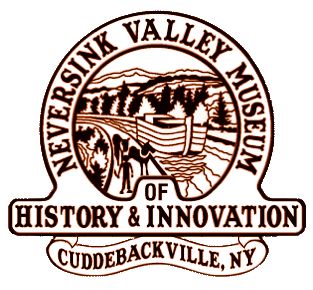Jewish Egg Farmers
America experienced a remarkable population explosion during the nineteenth century. Between 1800 and 1900 the population increased over ten-fold with the average growth each decade exceeding 30%. During the later half of the nineteenth century this incredible growth was fueled by immigration from eastern and southern Europe. The reasons for this vary but basically revolve around the lack of opportunity and personal freedoms these immigrants experienced. America stood as a shining beacon of hope for these people.
Amongst the diverse mix of people who came to America during this time were the Jews of central and eastern Europe. Fleeing various forms of religious persecution many of these newcomers first settled in New York City. John Gerson is generally regarded as the first Jewish farmer in the area settling in Sullivan County in 1892 after living in Lower Manhattan for a few years.
Every year hundreds of Jews moved to “the mountains” and established boarding houses and farms. By 1911 there was said to be over 1,500 Jewish farm households in Sullivan and lower Ulster Counties. This area had become the largest concentration of Jewish farms in America. For immigrant Jews with ties to the agricultural shtetls of eastern Europe, farm life held a natural attraction. However, only 10% of the Jewish farmers had any practical experience on a farm.
The establishment of Jewish farms was made possible by the expansion of the New York rail system. The growth of the railroads provided a ready means of transportation for city dwellers as well as convenient access for farm products. The O&W Railroad played a major role in the development of the Jewish farms in our area.
Poultry farming had some natural advantages for the newcomers. Feed was plentiful and readily available thanks to the growing rail system. In fact, many feed stores were located alongside rail lines. The modest acreage required for chicken farming made the farmsteads relatively affordable.
Eggs and chickens along with more modest outputs of milk and dairy products were the most important goods produced by the Jewish farms. Locally, Jewish poultry farms were quite common. New Hope Farms on Route 209 once was home to the Feiner chicken farm. The Eisler and Cohn farms were closer to Cuddebackville. Oakland Valley Road was also home to many other Jewish egg and chicken farms.
Alongside the remnants of the D&H canal in Cuddebackville the Fromowitz farm was located on Hoag Road. It had once been the Nathan Breeding Farm owned by the Nathan family. Hy Fromowitz had been raised on a farm in Sullivan County and enjoyed the farm life. After starting his own dairy business in New Rochelle he decided that he wanted to return to the country. This led him to Cuddebackville where he found and bought the Nathan farm. The Fromowitz farm produced eggs for many years until Hy and his wife Sadie retired from farming.
Like the rest of the farming business in the Catskills and Hudson valley, the Jewish egg farmers have largely disappeared. The pressures of development and low produce prices have worked to decimate a once thriving agricultural industry. The era of the locally owned family farm is almost over. What is left is the object of numerous preservation efforts. Our Museum, in buying and maintaining the Fromowitz tract is helping to preserve this fascinating chapter in the life of the Neversink Valley.
To learn more about the Jewish farmers of the area Jewish Farmers of the Catskills by Abraham D. Lavender and Clarence B. Steinberg is a wonderful resource. The book is available at local libraries or can be ordered through the Museum bookstore. Thanks also to Museum Board member Grace Woodard and to Jo-Ann Feldman, Hy and Sadie’s daughter, in providing valuable insights on local Jewish farms.
Copyright 2005 by Stephen Skye
Short Link:
